

Copyright 2025 © 台灣伊佐股份有限公司
All Rights Reserved.
What types of vacuum packaging machines are there?
Vacuum packaging machine from Taiwan YIZUO
Our vacuum machines are mainly divided into two types:
Chamber type/ Nozzle type vacuum packaging machines
Let us take a look at the differences between these two kinds

The chamber type vacuum packaging machine is a common food packaging equipment.
Its main function is to remove the air from the cavity.
The air in the bag is then extracted to create a vacuum environment, thereby extending the storage time of food, slowing down oxidation and bacterial growth, and maintaining the freshness and quality of food.
Of course, the food industry is not the only one that will use this kind of vacuum packaging machine. As long as it is a product that requires high vacuum (YIZUO’s machine can reach 99.9% vacuum),
And you don’t have to worry about the product being damaged due to pressure issues.
We would recommend using this internal vacuum packaging machine.
This kind of machine is basically equipped with an oil pump to achieve a higher vacuum degree.
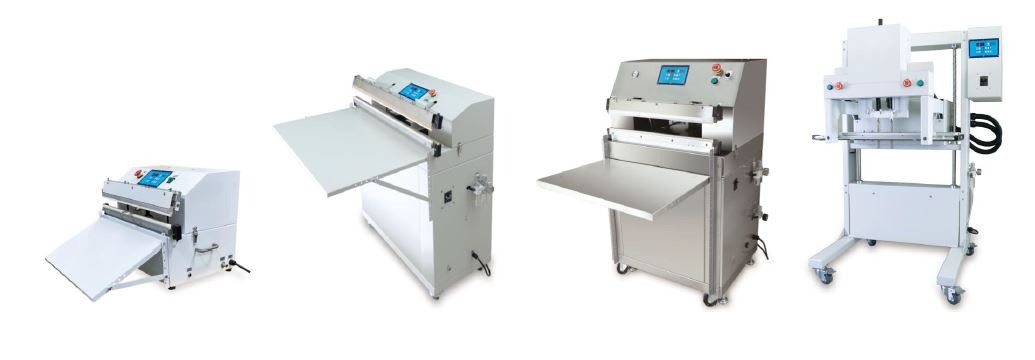
The nozzle type vacuum packaging machine is a device used for packaging food and other commodities.
Its main feature is that during the packaging process,
The air in the packaging bag is extracted through the suction nozzle to form a vacuum environment, thereby achieving the effects of extending the shelf life of the product, preventing oxidation, and moisture-proofing, etc.
Commonly used in products that require vacuuming but do not require too much and are easily damaged by excessive pressure.
Such as: packaging and testing factories, manufacturers of packaging LCD screens
The far right side of the picture above is an upright vacuum packaging machine, which is often used for large items and is not suitable for items that can be picked up directly.
Such as large panels, quilts, etc.
And since external vacuum packaging machines are common in packaging and testing factories, basically all Taiwan YIZUO uses dry pumps as standard equipment.
See Model◆
But what should I do if my products are very diverse?
If your product has high or low vacuum requirements, we will recommend you to choose our vacuum control function to achieve the best vacuum value you expect.
How to identify the quality of a machine?

Have you ever bought a vacuum packaging machine, but soon found problems such as incomplete packaging, air leakage, or the pumping time took an extremely long time?
In fact, you can get a glimpse of these problems during the test run!
Yes, the easiest way to test a vacuum packaging machine is to test the pump
The pump is the heart of a vacuum packaging machine.
If you give the store a dollar to package it, and shop around, compare all the packaged coins together, you will naturally be able to tell whether the machine is good or bad!
After vacuuming the item, immediately pull on the seal to see if it can be pulled open
And check whether there are cracks or gaps in the seal
These are all related to the shelf life of the product!
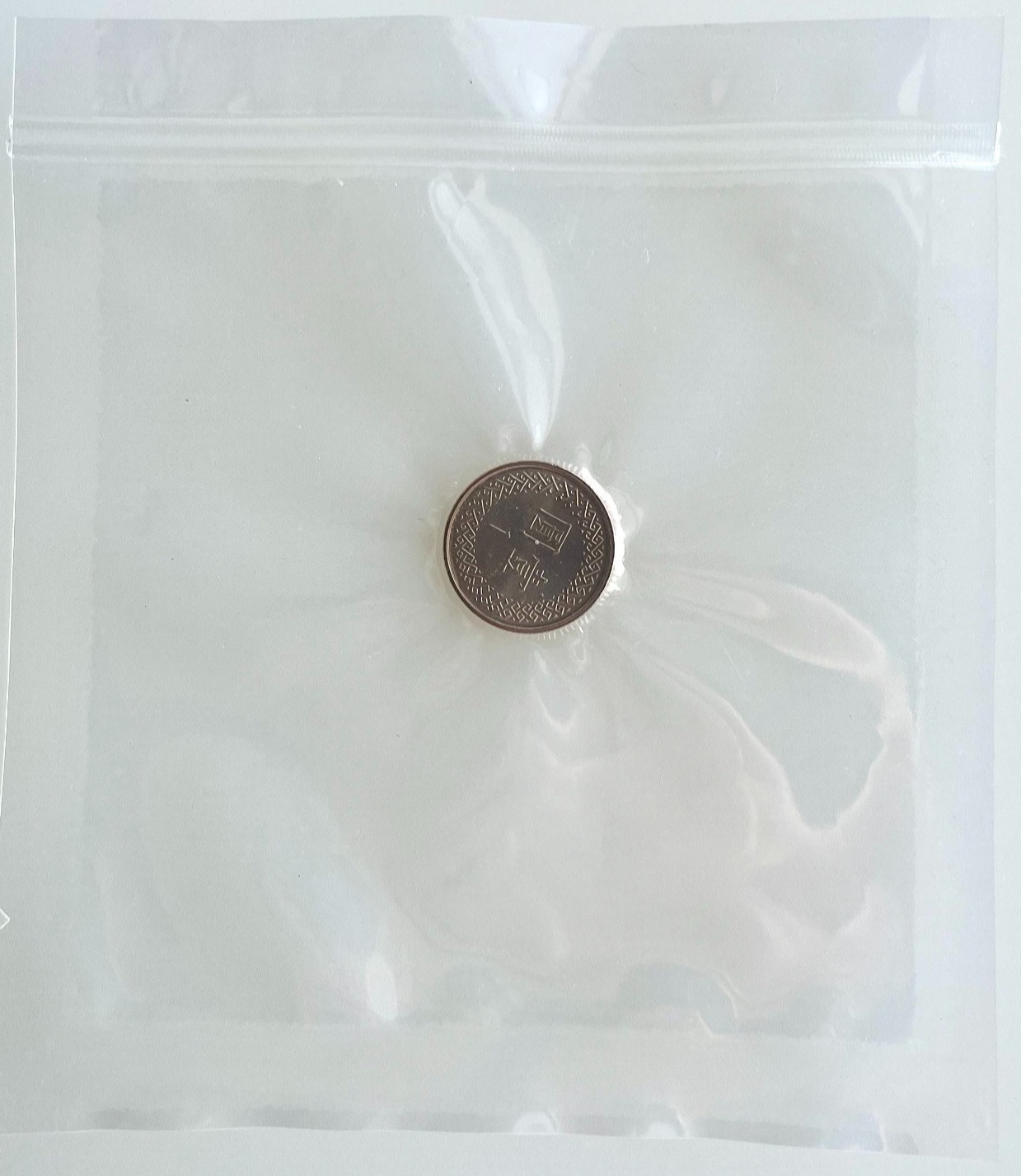
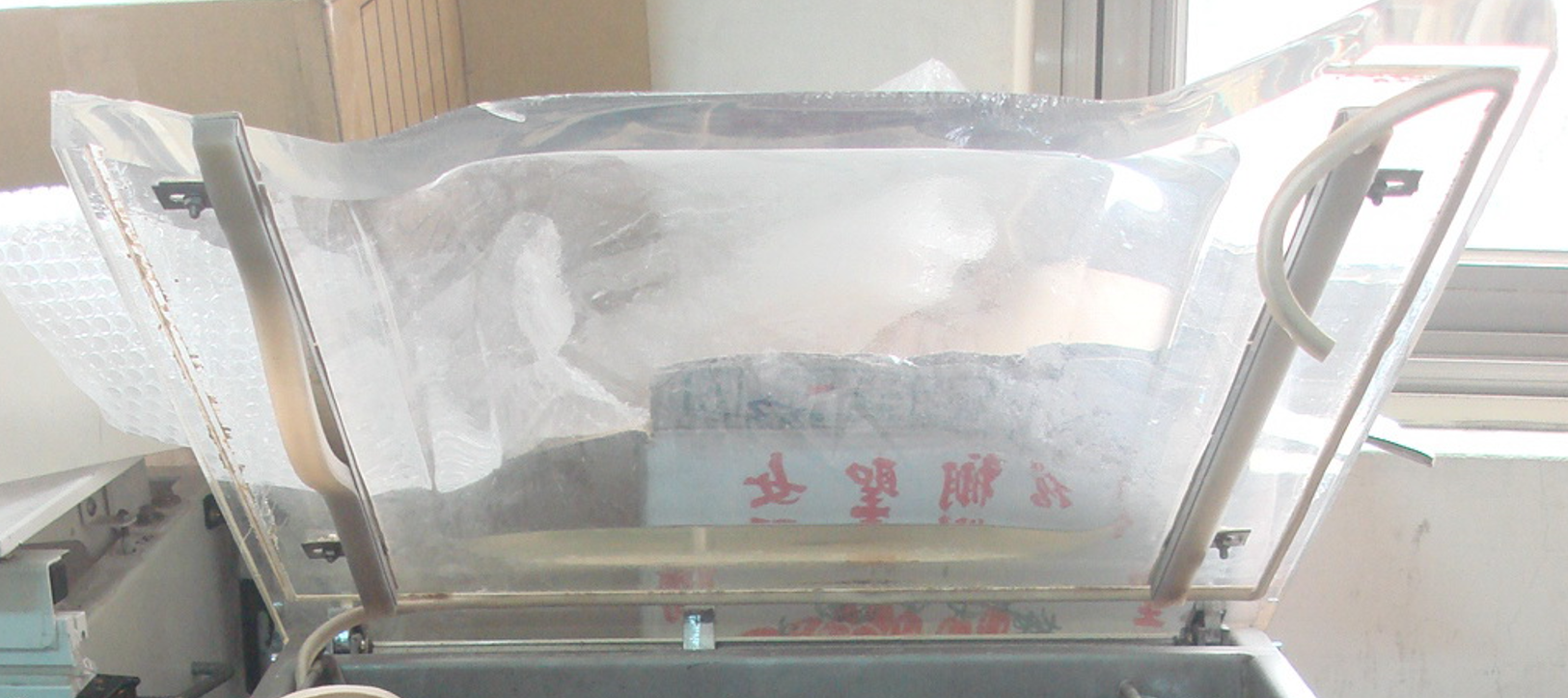
The acrylic upper cover of the vacuum packaging machine needs to withstand the pressure difference between inside and outside.
Non-planar design is prone to rupture at concentrated pressure points due to uneven stress distribution.
As shown in the picture above, it leads to safety hazards.
The flat design ensures even distribution of stress, makes the structure more stable, reduces the risk of breakage, and facilitates cleaning and maintenance.
If a non-planar design must be used, it is recommended that the thickness of the acrylic be increased by at least 30%, and high-quality materials should be selected and safety tested through pressure testing.
Choosing a flat top cover or enhanced non-flat design is the key to ensuring operational safety and equipment durability.
Common pump types for vacuum machines
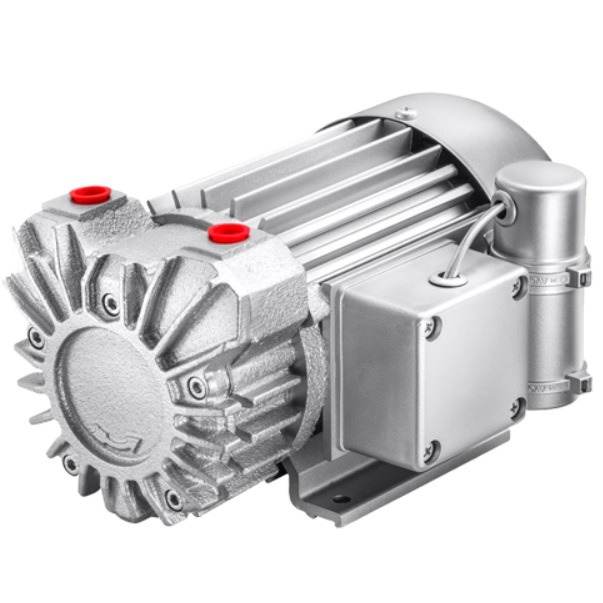
A dry pump is a type of vacuum pump that operates without the need for lubricants (such as oil).
The primary advantage of dry pumps is that they prevent contaminants from being introduced into the vacuum system. This makes them particularly suitable for applications requiring high cleanliness standards, such as semiconductor manufacturing, optical thin film coating, and other high-tech industries.
Here are some key features and types of dry pumps:
Oil-sealed pumps have several characteristics that may vary depending on the pump type and application. Below are some common features of oil-sealed pumps:
Lubrication – Oil-sealed pumps use oil as a lubricant to reduce friction between internal moving parts, ensuring smooth operation.
Sealing – The lubricating oil also helps seal internal components, preventing gas or liquid leakage, especially in high-pressure or high-vacuum applications.
Cooling – Oil serves as a cooling medium, helping to dissipate heat and prevent overheating, particularly in high-power applications.
Extended lifespan – Proper lubrication extends the pump’s lifespan by reducing wear and the risk of mechanical failure.
Adsorption – In certain vacuum applications, oil can adsorb gas molecules, contributing to improved vacuum performance.
High performance – Some oil-sealed pumps excel in high-pressure, high-flow, and high-vacuum applications, delivering stable and reliable performance.
However, it is important to note that oil-sealed pumps also have drawbacks.
The primary concern is the potential introduction of oil molecules or particulates into the processed gas or liquid, which may be unacceptable in applications requiring high precision and cleanliness.
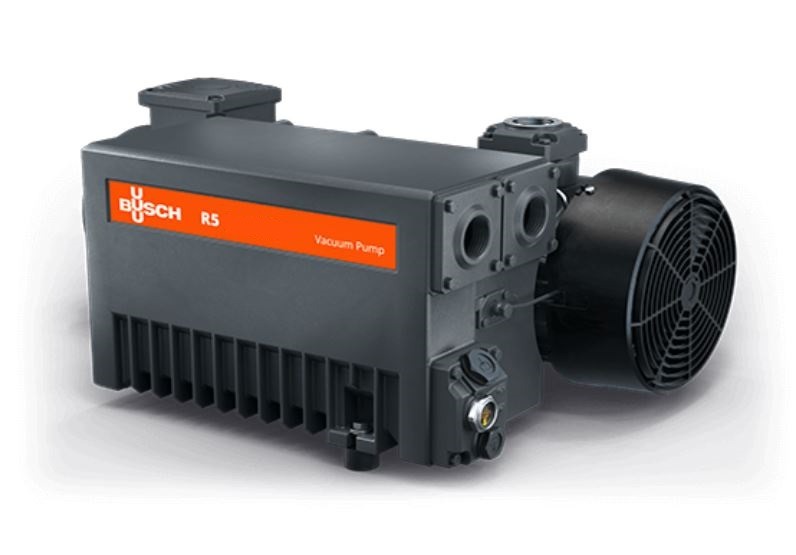
How do I know which model is suitable for me ?
Four steps to help you find the right machine.
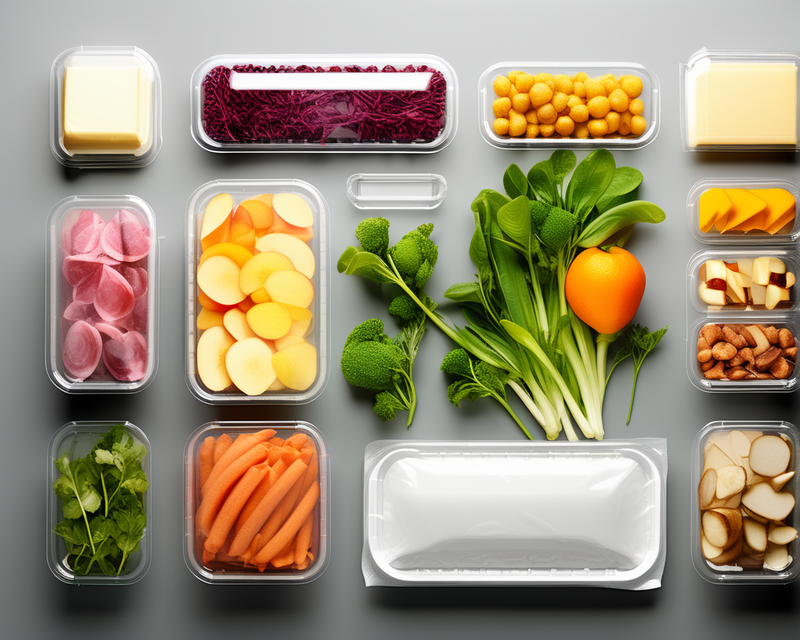
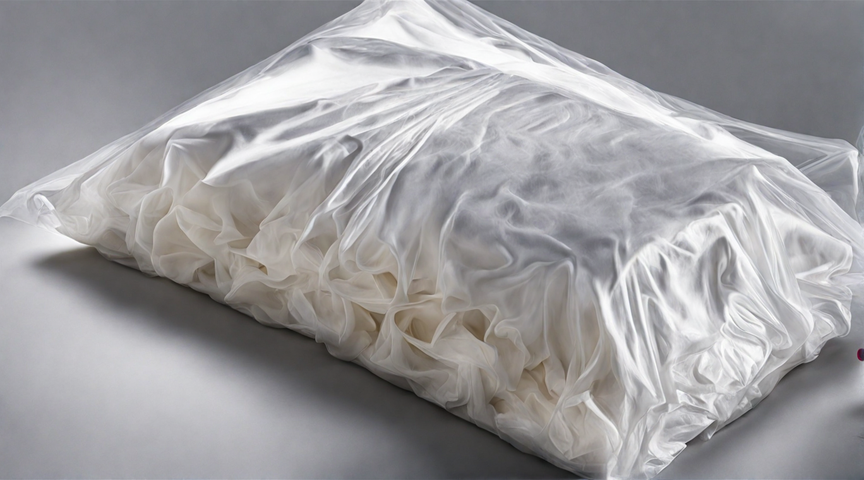

The most direct and fastest way to find your assistant.
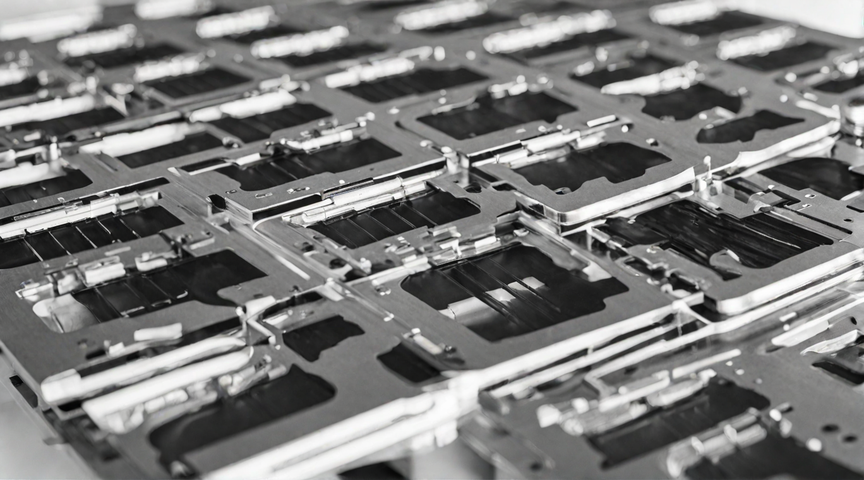
What's the difference between stainless steel serial numbers?
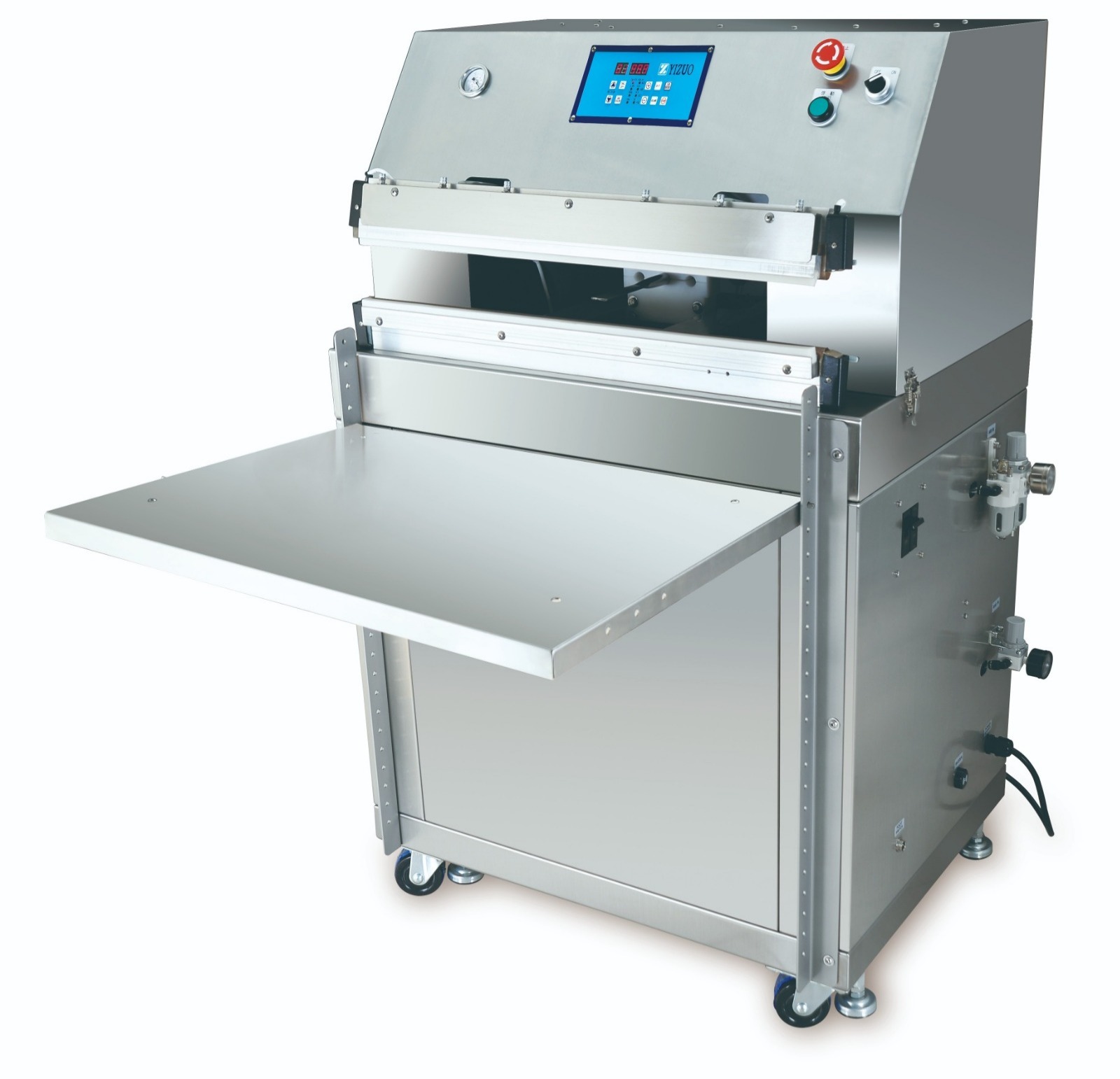
Food is the most important thing to people, and using good ingredients gives customers peace of mind.
The same goes for machines. Using the right, high-quality stainless steel is our greatest commitment to our customers.
Stainless steel can be classified into 200, 300, and 400 series ba
The 200 series contains less of the expensive "nickel" element, making it more affordable but also more prone to rusting.
The 300 series has a high content of chromium and nickel, making it strong and durable. It is the most widely used grade.
The 400 series has a broad range of compositions, making it difficult to generalize.
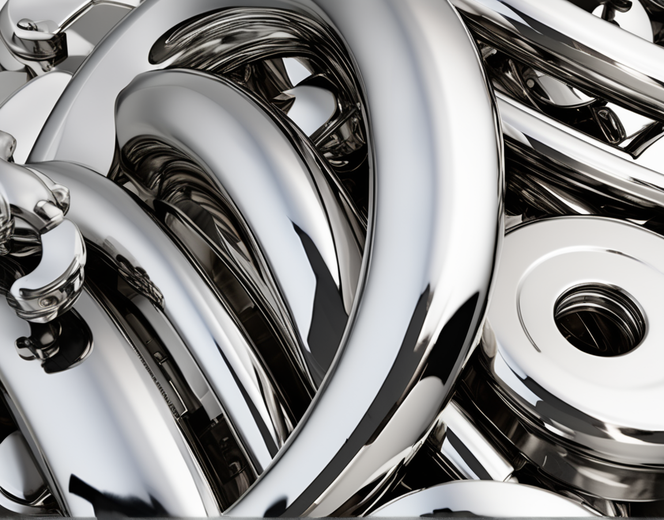
Many brands promote stainless steel, but we recommend that customers ask the manufacturer about the specifications of the stainless steel used.
Among them, #304 stainless steel is the most common. Our machines also use #304, which has good corrosion resistance.
It is widely used in industries such as industrial, furniture decoration, and food and medical industries.
We use cookies to collect and analyze information on site performance and usage. By Clicking "Continue" or by clicking into any content on this site, you agree to allow cookies to be placed. To find out more, please visit our privacy policy。
CONFIRM